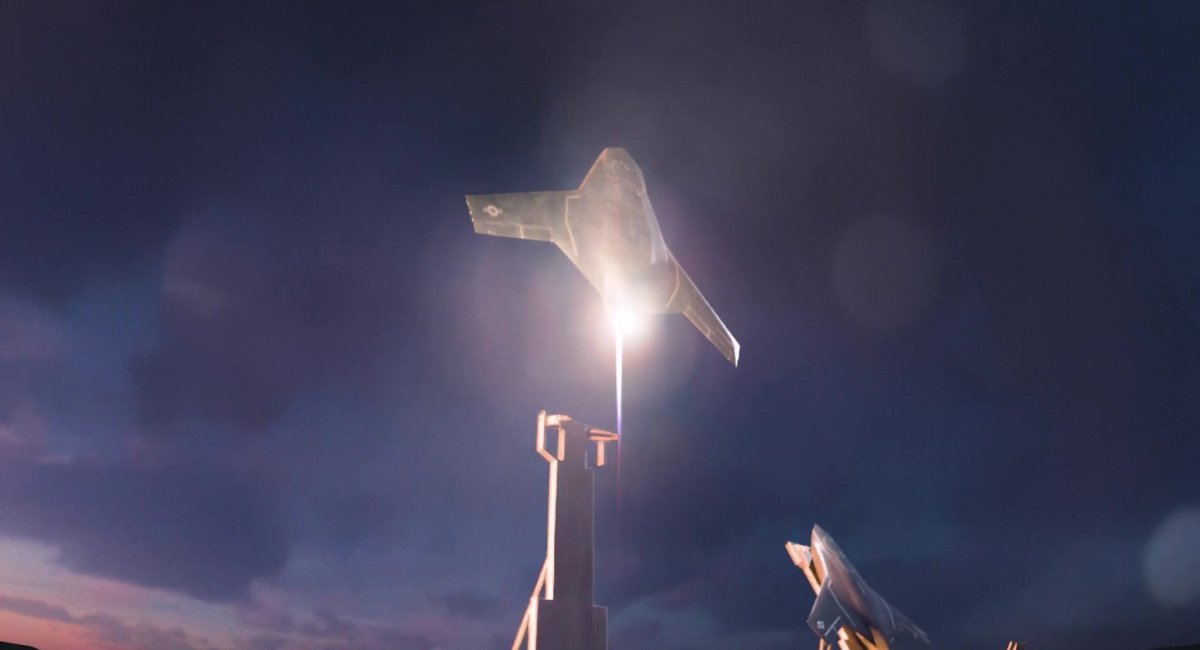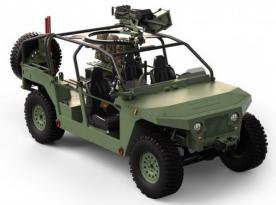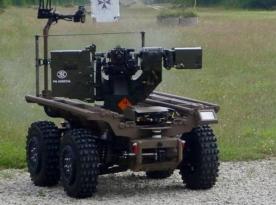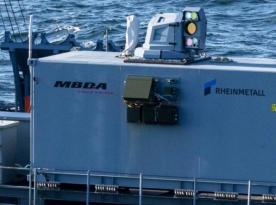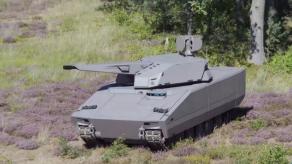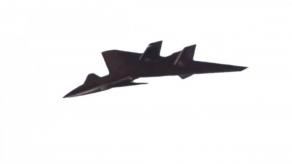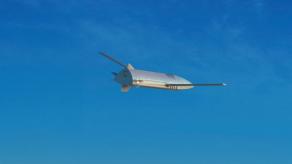The U.S. company Shield AI — known for its V-Bat VTOL reconnaissance drone, reportedly tested covertly in Ukraine with the Unmanned Systems Forces and already ordered for Ukrainian units — has now introduced its successor: the rocket/jet-propelled X-Bat. This is no longer a concept but a working prototype, currently being readied for flight testing, and it may attract interest from Ukraine as well.
By design, the X-Bat can both launch and recover using a relatively simple trailer-mounted launcher. Takeoff and landing are performed by a single jet engine with thrust vectoring — a solution demanding flight control precision far beyond human manual capability.
Read more: Shield AI Details the Number of V-BAT Drone Missions Flown by its Task Force in Ukraine
Розробники таємно випробуваного в Україні V-Bat, показали реактивний дрон-винищувач X-bat з вертикальним стартом та посадкою. Це повноцінний дрон-винищувач від Shield AI, якому непотрібна злітна смуга і він вже готується до свого першого польотуhttps://t.co/qyNOHWXoVn pic.twitter.com/HvIcirAv5S— DEFENSE EXPRESS (@DEFENSEEXPRESS) October 22, 2025
This configuration provides the X-Bat with exceptional mobility, allowing rapid deployment virtually anywhere. For ease of transport, the drone's wings can be folded.
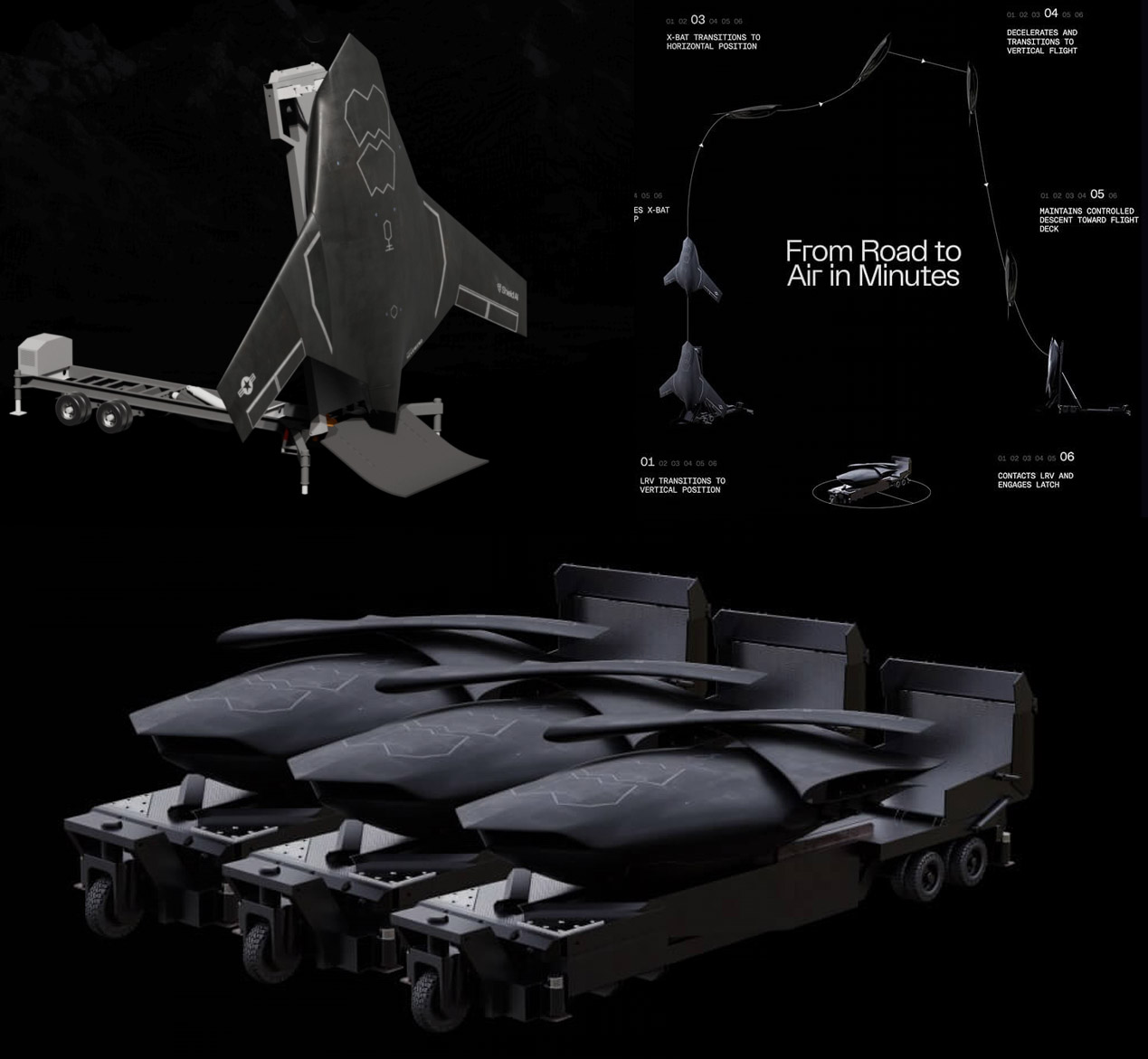
The X-Bat is a large UAV, with a wingspan of 11.8 meters and a length of 7.9 meters. Reported performance figures include a range of over 3,700 km, a service ceiling of up to 15 km, and the ability to maneuver under loads exceeding 4 g while armed. Its takeoff weight has not been disclosed, but Shield AI classifies it as a NATO Group 5 UAV (over 600 kg). Judging by its dimensions and specifications, it represents a very heavy unmanned fighter.
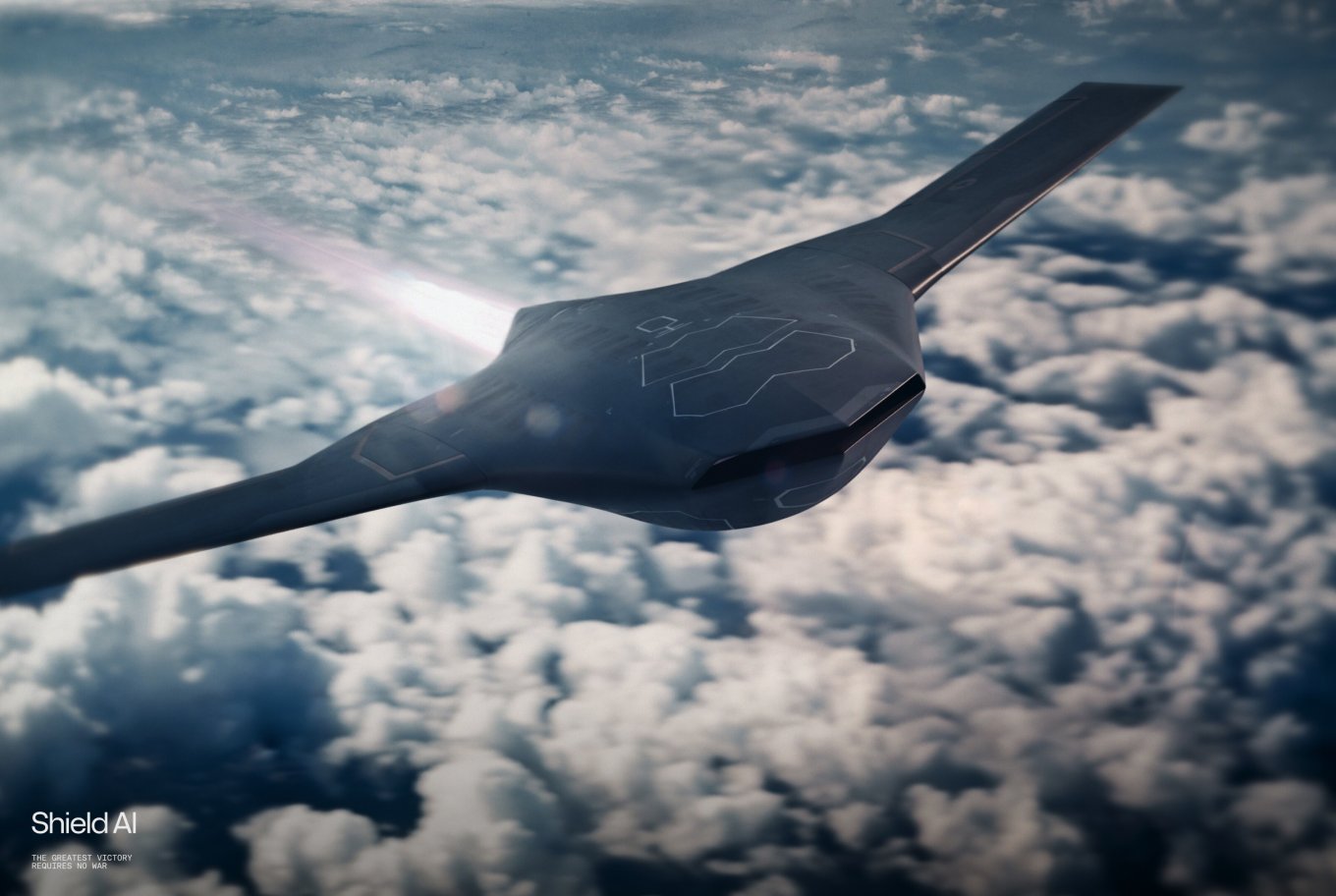
Armament options are substantial: the X-Bat can carry two AIM-120 air-to-air missiles or two bombs in internal bays, and it is also rated for external payloads such as cruise missiles.
Sensors and electronic warfare systems appear sophisticated. Shield AI demonstrated multiple electronic intelligence and EW sensors integrated into the wing leading edges and the air intake. It remains unclear whether the X-Bat also carries a nose-mounted radar.
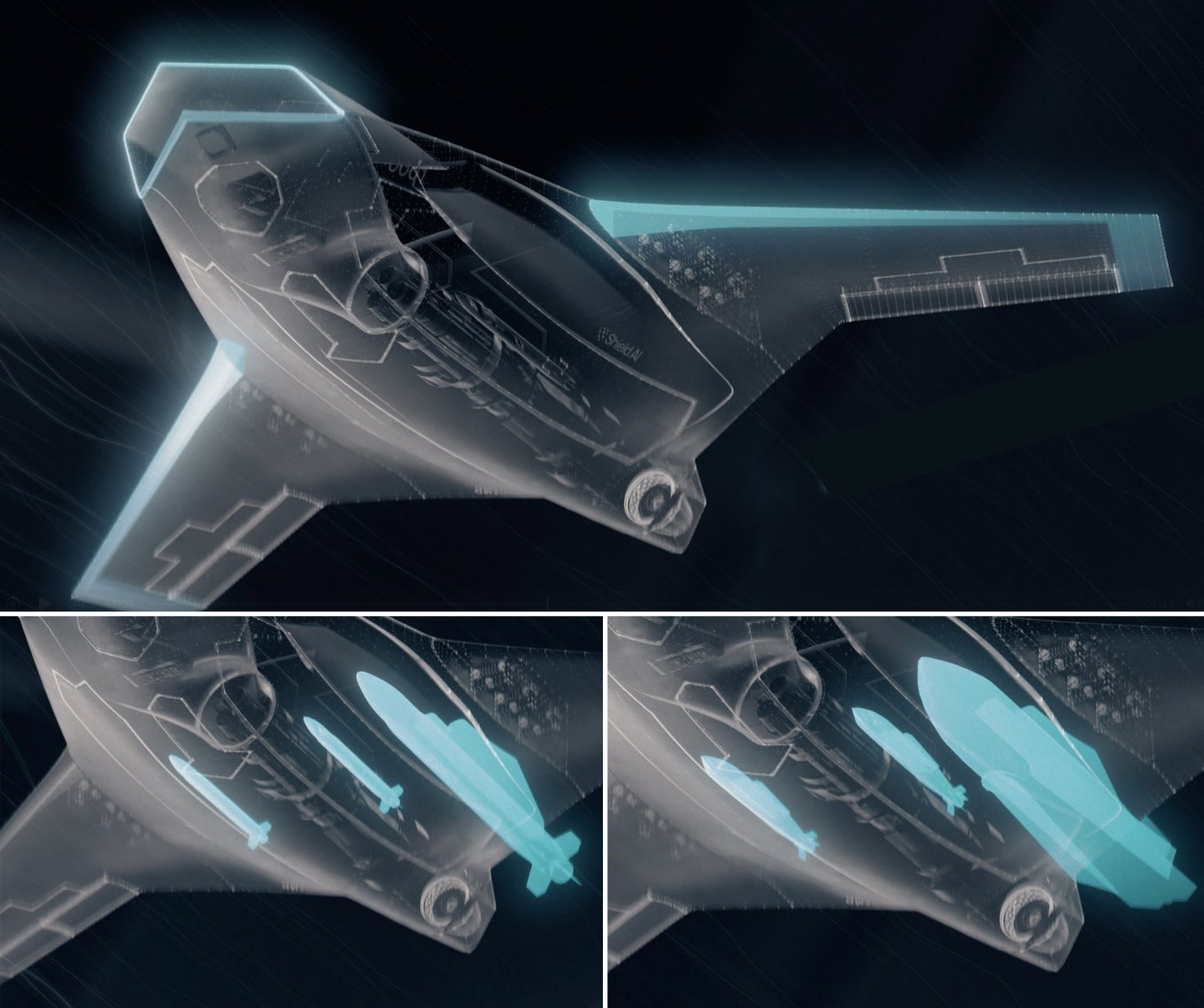
At the core of the system lies Shield AI's Hivemind combat AI — an advanced digital brain that, according to the company, "unlocks mission autonomy" and allows the drone to complete missions without communications, without GNSS, and without human intervention.
Shield AI reports that X-Bat development has been ongoing for about 1.5 years. The first flight is planned for 2026, with operational flight readiness expected by 2028. It is evident, however, that Shield AI is cooperating closely with a major industrial partner.
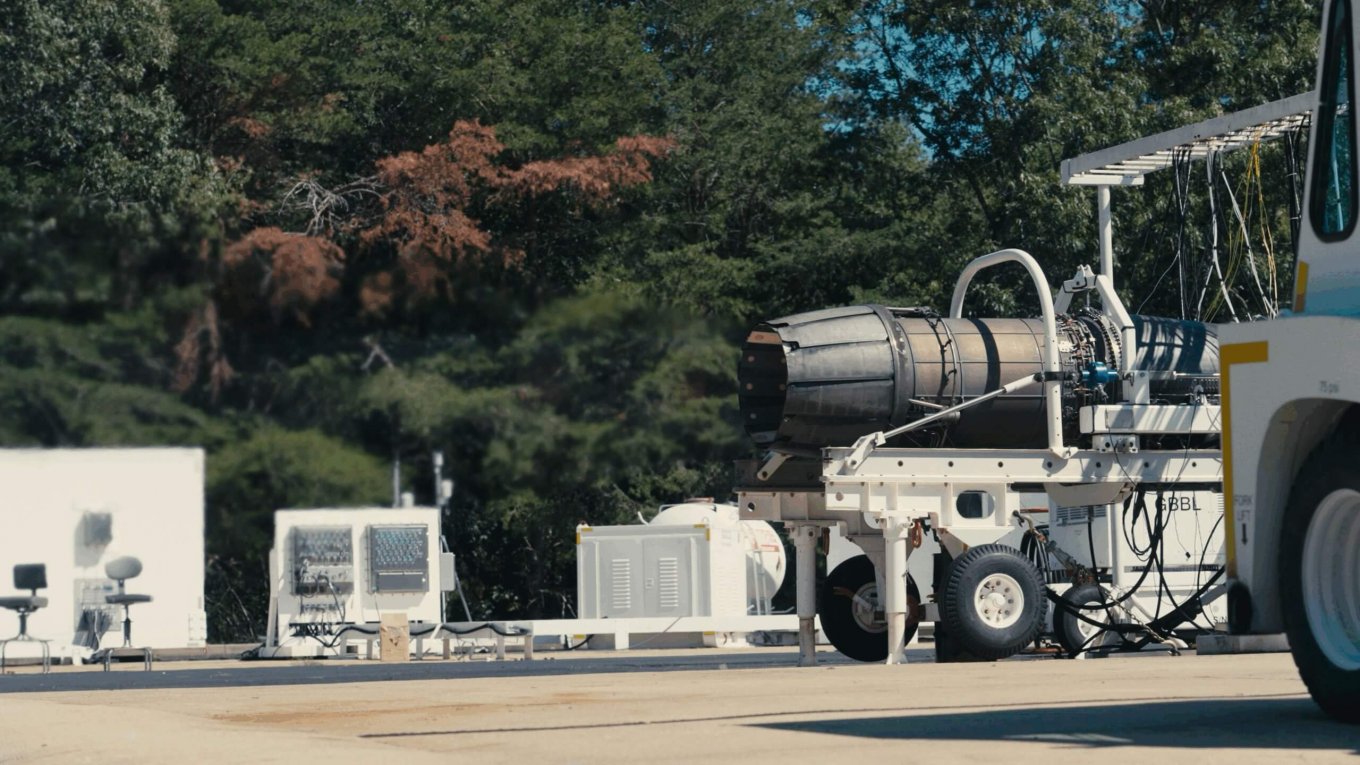
The use of a thrust-vectoring jet engine implies partnership with a manufacturer such as Pratt & Whitney or General Electric to mature the design for serial production. Currently, no U.S. aircraft employs a full-axis thrust-vectoring engine (the F-22 uses vectoring only on the vertical axis), and without such an engine the X-Bat concept cannot be realized — the vectored thrust system is the key enabler of vertical landing.
The concept is primarily intended for Pacific operations: the X-Bat could be based on small islands without airstrips or launched from ordinary vessels instead of aircraft carriers, giving it a unique operational niche in maritime and expeditionary warfare.
Read more: Twin Evolution Revealed: Sea Baby System's Gun and Rocket Variants Linked to the Crimean Bridge Hit Redefine Naval Drones




